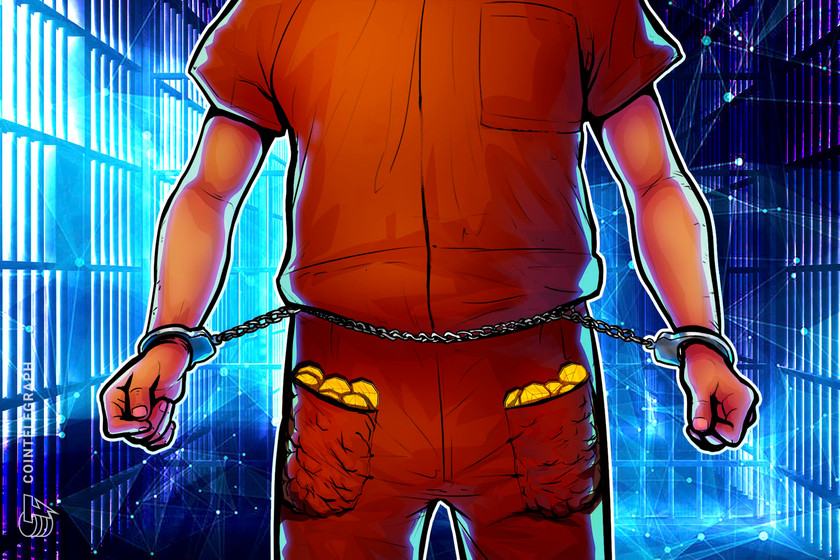Avalanche growth sparks third-party cross-chain bridges
Avalanche blockchain launched its own official Ethereum bridge in 2021, but now a third-party cross-chain bridge claims to reduce transaction cost even further.
332 Total views
11 Total shares

Avalanche (AVAX), a Layer-1 proof-of-stake (PoS) blockchain network, gets a new cross-chain bridge from Umbria Network to help traders transfer liquidity between Ethereum mainnet and the Avalanche blockchain.
Avalanche blockchain supports multiple virtual machines, including WebAssembly (WASM) and Ethereum Virtual Machine (EVM), allowing different sub-chains to incorporate a specific way of operations.
Multiple virtual machine support enables easy connection with Avalanche. The network launched its official Ethereum bridge in 2021 to allow the two-way transfer of ERC-20 and ERC-721 tokens across the two blockchains. But its growth as a network, along with its native token AVAX seeing serious gains over the last few months, led to the creation of third-party cross-chain bridges.
Narni, a new cross-chain bridge by the Umbria Network, promises to offer a 90% cheaper transaction fee compared to the official AVAX bridge. The platform claimed its bespoke system that uses single asset liquidity pools and a custom oracle protocol that reduces the computational complexity of bridging and thus reduces the cost by up to 90%.
Talking about the role of AVAX and cross-chain bridges, Barney Chambers, Co-founder and co-lead developer of Umbria, explained to Cointelegraph that the Avalanche blockchain allows decentralized applications that are not economically feasible on Ethereum. He added:
“Umbria is acting as the glue between all of the L1 and L2 blockchains, enabling users to move their assets in a cheap and timely manner. At Umbria, we envision that, in the future, users will not even need to know what blockchain they are using,”
Related: How Polkadot’s parachain auctions make a decentralized Web3 possible
Cross-chain bridges have become a lifeline for the decentralized finance ecosystem, especially when the gas fee issue on Ethereum fails to die down and seems it will remain persistent until the transition to ETH 2.0. Avalanche, BNB Chain, Solana and Tezos come forward as popular blockchains with a cross-chain bridge support.









